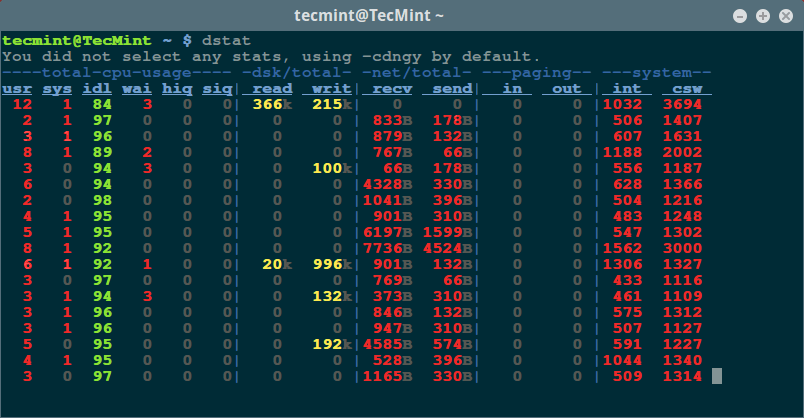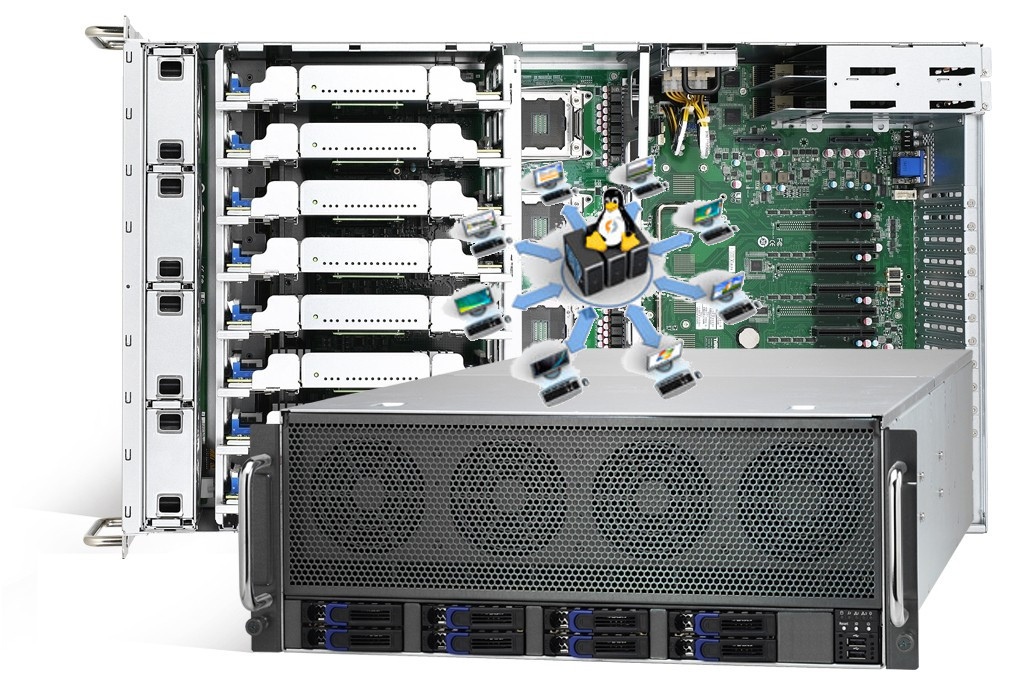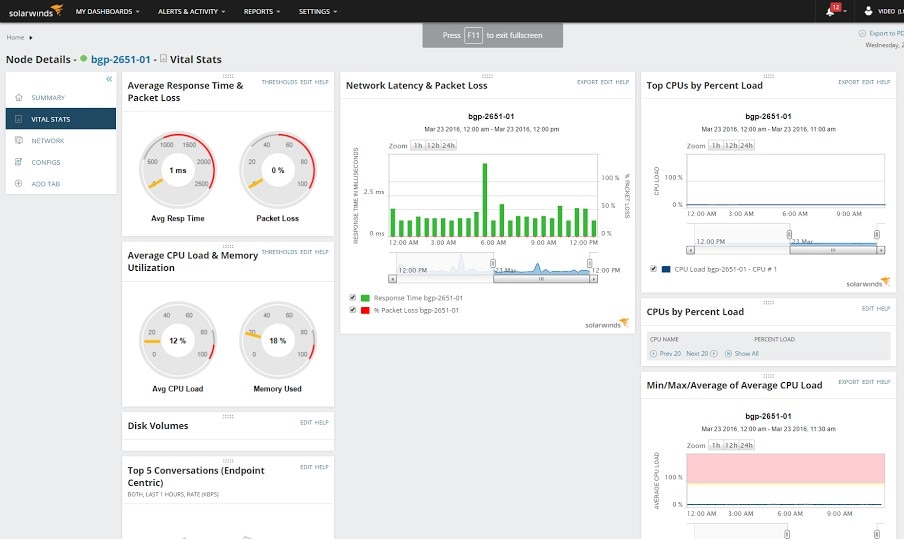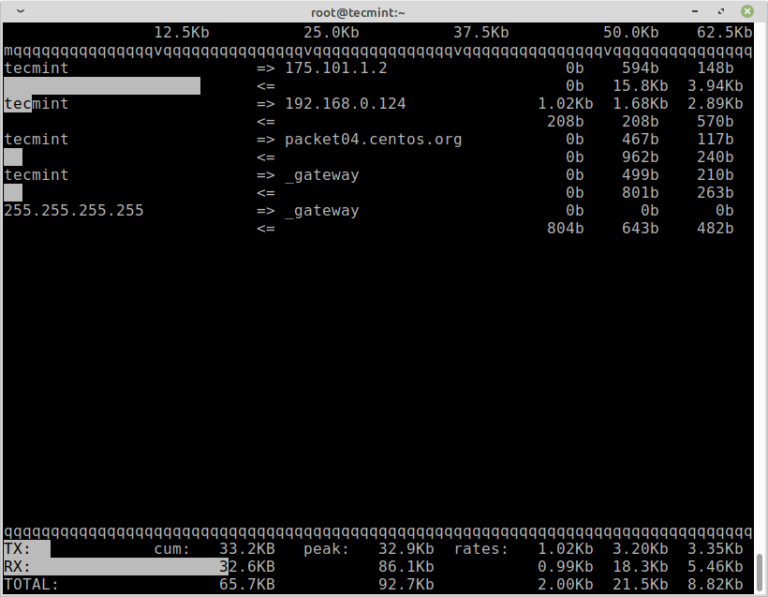

- Network performance monitor linux how to#
- Network performance monitor linux software#
- Network performance monitor linux free#
- Network performance monitor linux windows#
You can also see some well-structured graphs with useful data. It is a combination of both Nagios and Cacti and provides a simple way for monitoring your network and provides timely alerts in case of any suspicious activity.

Network performance monitor linux free#
Zabbix is another free monitoring system that is written in PHP and is licensed under GPL.
Network performance monitor linux how to#
It is basically a text based configuration tool as all kinds of configuration are stored in text files and it takes some time to learn about the functionalities and configuration options of the software, but once you’ve mastered it, you don’t need to worry about any problems with your network.Īlso Read: How to Install and Configure Nagios Core on CentOS 8 / RHEL 8 2) Zabbix With all the experience in understanding all kinds of network issues, Nagios Core has been developed into a powerful monitoring system that allows the organizations to keep their network intact as Nagios Core helps to identify and resolve all kinds of issues before becoming into a huge critical issue. Nagios is one the most widely used network and server monitoring system that has been in the industry for almost 18 years.

There are many popular monitoring tools available in the market and we’ve analyzed the top 11 open source Linux monitoring tools. Below discussed monitoring tools helps you to monitor all kinds of system resources including the CPU load, Memory Usage, network traffic, status of all devices connected to the network or in providing instant notifications to the admin when it detects any abnormal or suspicious activity.
Network performance monitor linux windows#
These numbers will tell us if further tuning is required to improve I/O performance.Servers and Network monitoring systems in any environment Linux or windows is utterly important to keep your infrastructure and network intact and running smoothly. The next section lists all the devices attached to the computer, and the corresponding TPS (transfers per second), kilobytes read and write numbers, and much more. A high number here would indicate that the I/O is slow, or is being held up in some other process. The %iowait column tells us if the CPU is wasting a lot of time waiting for I/O operations to complete. 12: iostat outputĪs you can see, the first section of the output is the average CPU usage divided into sections, including userspace, system space, CPU steal, CPU idle, and I/O wait. Figure 12 shows the output of iostat on an Ubuntu 18.04 computer. Using iostat, we can decide if we need to modify system configuration to allow for better or balanced I/O operations. It also provides the CPU utilization for such operations. Iostat is used to monitor such I/O activity on all disks and partitions on a computer. And much like other resources, there's a limit to this bandwidth. In other words, every process performs a number of I/O (input/output) operations every second. Whenever a process runs, along with CPU and memory, the process also consumes disk bandwidth.

These files are written to the disks attached to the computer. 7: lsof with user filterĪs we’ve already mentioned, everything in a Linux computer is controlled using files. Command to filter files of processes listening to a certain port: lsof -i TCP:22įigure 7 shows the list of files opened and owned by the user root.Command to filter files by owner: lsof -u root.We can use various options with the command to filter files for a particular user, or by files used by a certain port, and so on. This table gives us a lot of information, including the command used to run the process that owns the file, the PID, the user who owns the process, the type and size of the file, and more. lsof (or list of open files) is a handy command to quickly see the list of open files and associated processes.įigure 6 shows a truncated list of the lsof command output.
Network performance monitor linux software#
So, any issues with hardware, or even software on a Linux machine has to be debugged using files. For example, the network adapters-and even any USB accessory that we plug in-are all controlled using files.


 0 kommentar(er)
0 kommentar(er)
